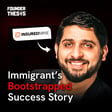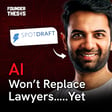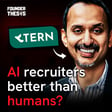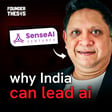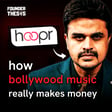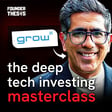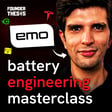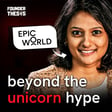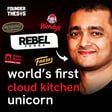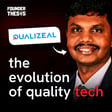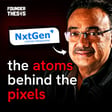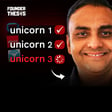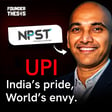
The Mobility Pioneer | Rajiv Vij @ Carzonrent India Pvt. Ltd.
In this edition of Founder Thesis, Akshay Datt speaks with Rajiv Vij, a person who became the Czar of rented cars in India. Rajiv is currently the Chairman and Managing Director of Carzonrent.
An alumnus of FMS Delhi, Rajiv started his career at Hindustan Motors which gave him exposure to the taxi business at that time and at ITC’s International Travel House allowed him to interact with the best and the biggest car-rental brands in the world.
Building on this experience, he started Carzonrent in 2000, with a seed capital of 29 lakh. And today, through numerous pivots, it is one of the leading personal ground transportation service providers with a network present in more than 75 cities in India and has recently ventured into sustainable mobility solutions with Plug Mobility.
Tune in to this episode to hear Rajiv speak about his inspirational journey and how with Carzonrent he attempts to streamline the largely unorganized personal ground transportation industry in India.
What you must not miss!
- Why asset-light model proved to be the best way to scale up?
- EVs – The Future and the gamechanger
- Launching Plug as mobility-as-a-service
If you want to be a podcaster, then check out Zencastr.com which is also the generous sponsor for this episode. Zencastr is like a shopify for podcasters taking care of all your needs from recording to editing to hosting.
Show your love for this show by using this link to sign up: https://zen.ai/founderthesis

